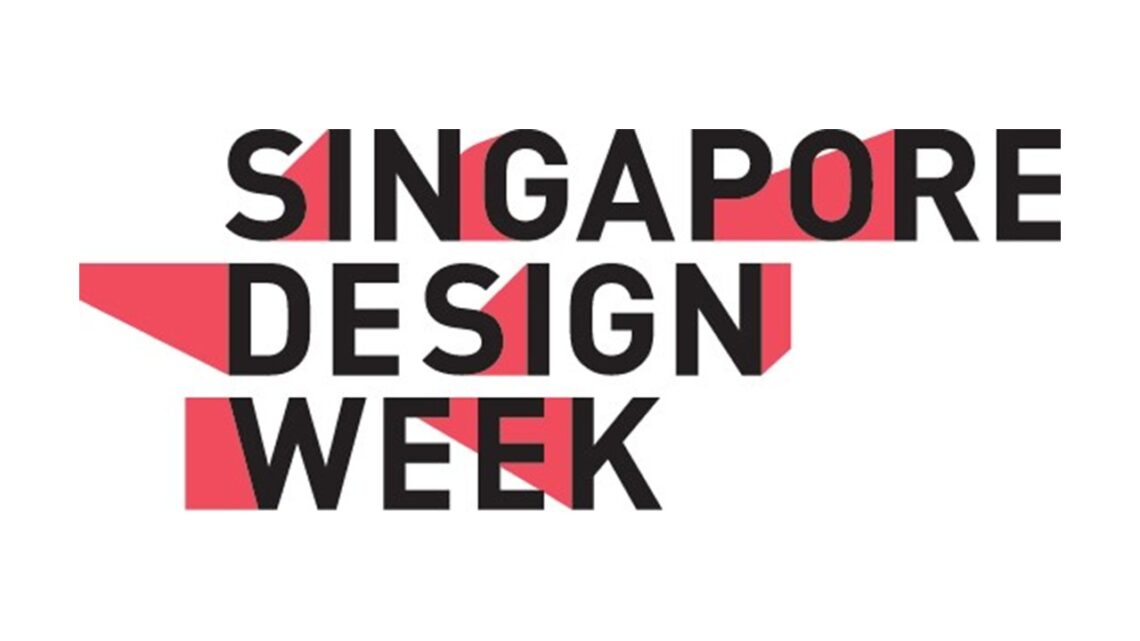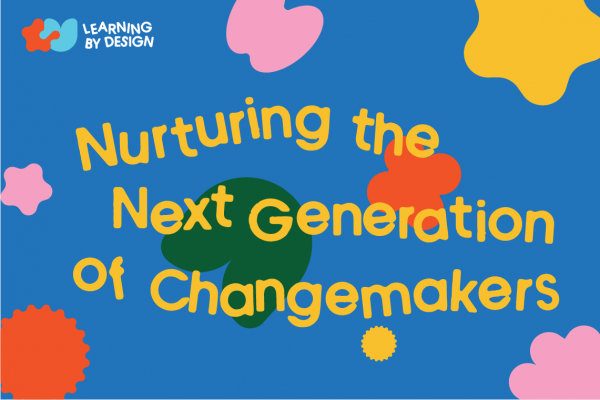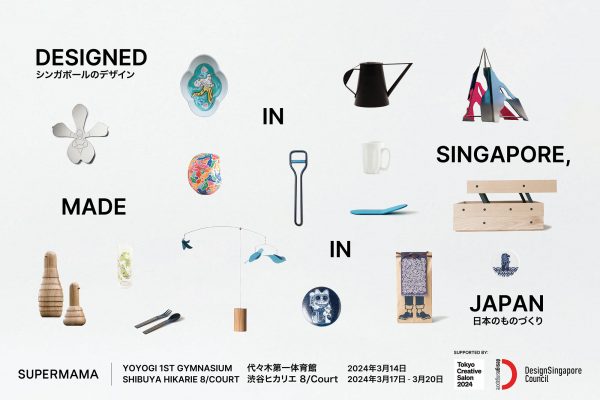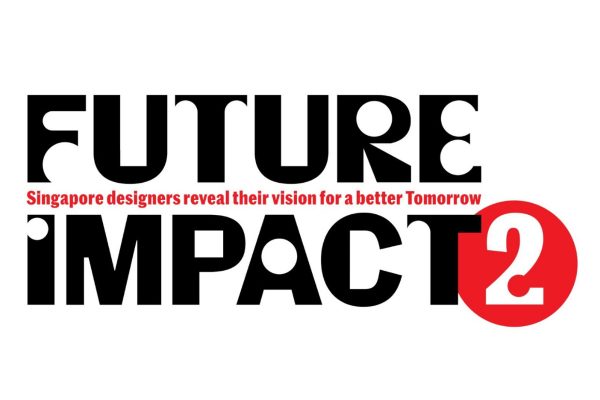
Photography by Stefen Chow for Fortune
By ELI MEIXLER March 8, 2018
User experience has already been established as a battleground for companies to distinguish themselves in the world of digital design. But new technologies like blockchain, artificial intelligence, and “Internet of Things” devices are presenting new opportunities for companies to meet ever-rising customer expectations, panelists said on the closing morning of the Fortune, Time, and Wallpaper* Brainstorm Design conference in Singapore on Thursday.
Mark Curtis, chief client officer of Fjord, singled out “the way digital and physical are combining” as the crucial challenge trend facing digital organizations today.
“This is the year we have to stop viewing digital and physical as separate things when we conceive of the design process,” Curtis told told Fortune deputy editor Brian O’Keefe. While radios require users to interact with it to function, twisting dials to tune in to their favorite station, voice activation devices can be anywhere in your house — “it’s doesn’t really matter” if they get moved around, Curtis said, because the device’s location doesn’t alter the user’s experience.

As designers, we’re going to have a big conversation in the next three to five years and beyond about design ethics.
“[Amazon’s (AMZN, +0.39%) Echo is just an example of this, which is that physical and digital are blending together,” Curtis said, identifying “the home and the car” as two environments to watch for innovative “Internet of Things” products.
Fujiyo Ishiguro knows what it’s like to bridge the gaps between producers and consumers, whether its engineers who don’t know how to apply their technology to make the right products, or Japanese cabinet committees trying to implement a new economic strategy. Today, “digital marketing is changing dramatically,” the Netyear CEO said, since new volumes of user data have allowed companies to redesign entire “customer journeys” online.
Artificial intelligence also “contributes a tremendous amount” to digital marketers, because it’s “totally data-driven work,” relying only on “the size of the data and the speed of analysis,” she said. Super-charging the process can help digital marketing organizations make better use of their data, and thereby “understand the user more and more.”
New technologies are exciting, said Sanjay Gour, executive director of digital business transformation for UBS Wealth Management (UBS, -0.19%), but they’re meaningless if they don’t improve a user’s experience with a company to “build trust and relationships.”
“We have technology and we have AI and we have blockchain, but do you think that you as a client care?” Gour asked the audience. “You care about the experience,” he said, and about getting “insights that are relevant to you.”
Wealth management clients are sophisticated consumers: they’re”getting younger, getting richer faster, they compare their experiences with other organizations,” he added. “Unless you bring the content that makes it relevant for the client, that makes it intuitive and gives them insights regardless of the channel, they will feel it is a waste of time.”
To keep that goal in mind, UBS has opened innovation labs in London, Singapore, Zurich, and Hong Kong, and holds Human-Centered Design workshops that have already yielded new products, like self-learning AI tools that can “scan the portfolios of the client and give them advice the next day of which parts of their portfolio aren’t good enough.”
Customers are also beginning to make significantly larger demands of an organizations’ social impact, Curtis said, signalling the rise of the so-called “ethics economy.”
“As designers, we’re going to have a big conversation in the next three to five years and beyond about design ethics,” Curtis said, predicting the rise of “chief ethics officers.”
In order to navigate customers’ ethical demands on top of commercial considerations, Curtis said that companies would have to make sure their corporate values “flow through the experience” of their products and services. “There’s no choice, and that’s why its a design issue,” he added. If a company is going to “go out there and make statements, about, say, gender equality, then you have to make that part of your experience.”
This article was originally published on
Fortune

